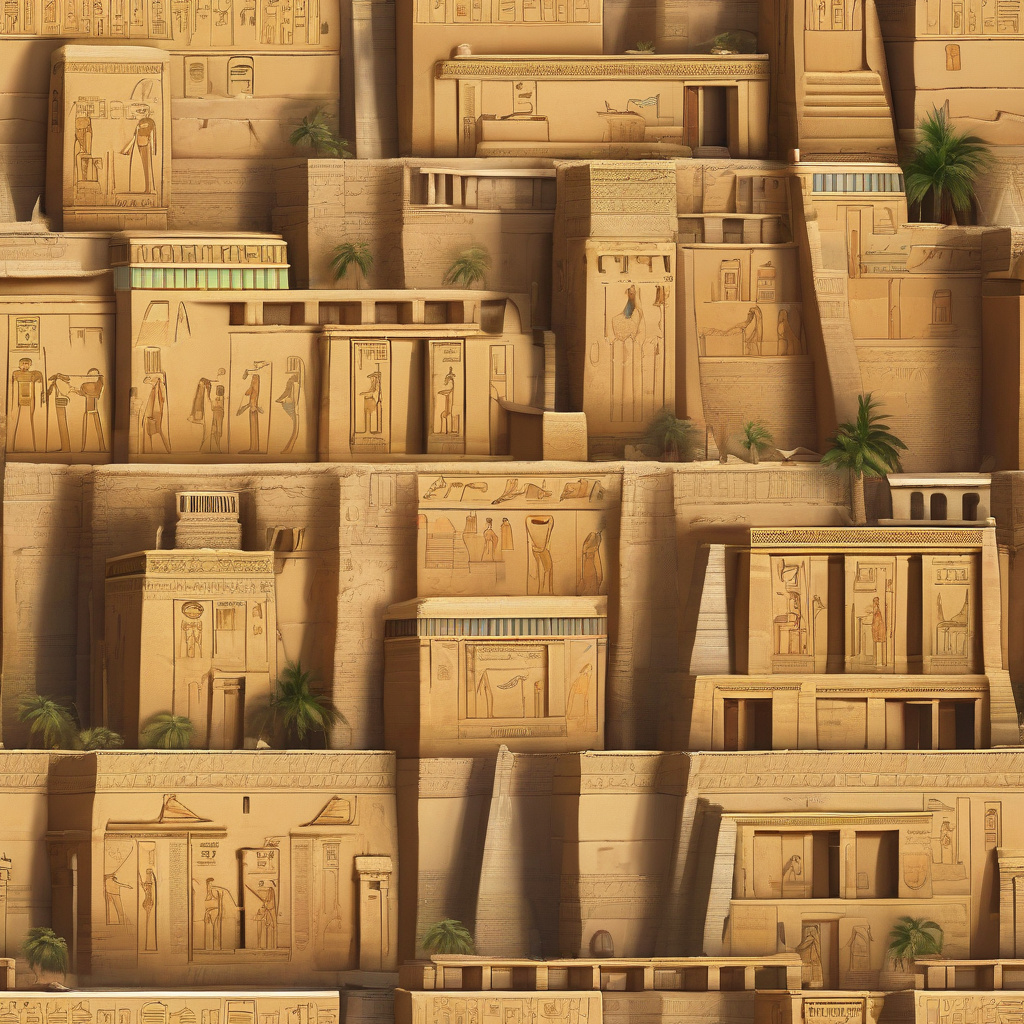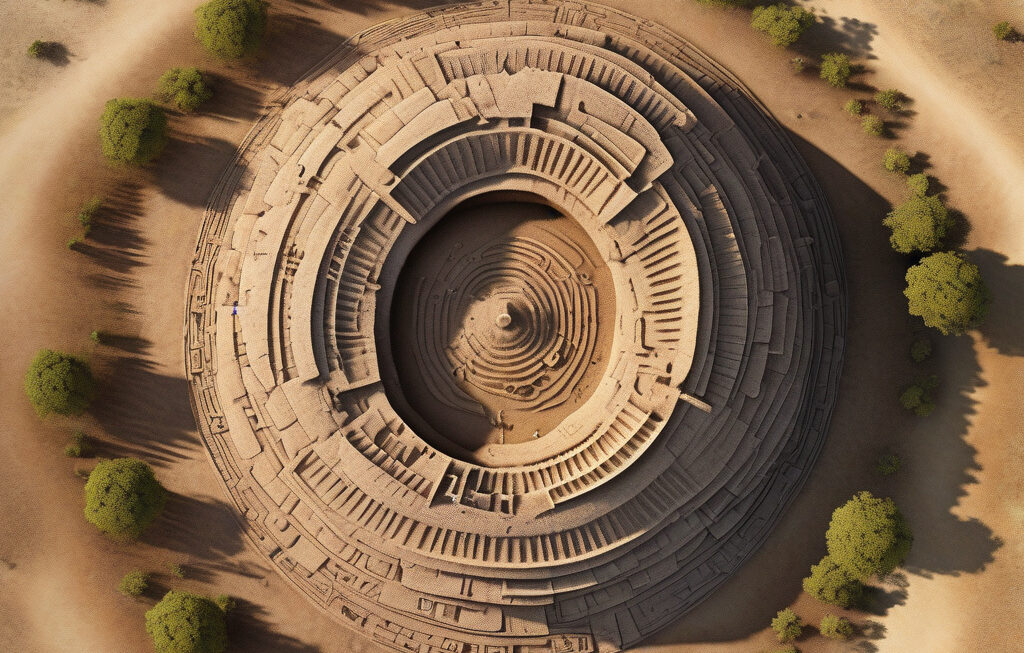2,400-Year-Old Tower Houses Unearthed in Ancient Egyptian City
Excavations at Tell el-Fara’in in Egypt revealed an ancient city from the final years of the 30th Dynasty. Among the remarkable discoveries were well-preserved multi-story tower houses dating back approximately 2,400 years. These structures, which provide valuable insights into the architectural prowess of the ancient Egyptians, shed light on the sophistication and urban planning of this civilization.
The tower houses discovered at Tell el-Fara’in are a testament to the advanced engineering skills of the ancient Egyptians. Built with mudbrick and limestone, these multi-story buildings feature intricate layouts with rooms that served different purposes. Some of the structures contained staircases and corridors, indicating a level of design that prioritized functionality and efficiency. The discovery of these tower houses challenges previous assumptions about the architectural practices of this period, showcasing a level of complexity and innovation that was previously underestimated.
One of the most intriguing aspects of these tower houses is their verticality. Unlike the sprawling complexes and temples that are more commonly associated with ancient Egyptian architecture, these multi-story buildings stand out for their height and compact footprint. The presence of such structures in the urban center of Tell el-Fara’in suggests a densely populated area where space was utilized judiciously. This discovery opens up new avenues for research into the daily lives of the ancient Egyptians who inhabited these tower houses.
Moreover, the architectural features of the tower houses point to a society that valued security and privacy. The sturdy construction of the buildings, with thick walls and small windows, indicates a concern for defense and protection against external threats. The layout of the rooms within the tower houses suggests a clear hierarchy of spaces, with some rooms potentially serving as living quarters while others were used for storage or religious purposes. This nuanced understanding of how the ancient Egyptians organized their living spaces offers valuable insights into their social structure and cultural practices.
The discovery of these tower houses at Tell el-Fara’in underscores the importance of continued archaeological research in Egypt. By uncovering new facets of ancient Egyptian civilization, researchers are able to piece together a more comprehensive picture of the past. The insights gained from excavations such as these not only enhance our understanding of history but also contribute to ongoing discussions about urban development, architectural innovation, and societal dynamics.
As we marvel at the intricacies of these 2,400-year-old tower houses, we are reminded of the enduring legacy of the ancient Egyptians. Their achievements in architecture, engineering, and urban planning continue to captivate us millennia later, highlighting the timelessness of human ingenuity and creativity.
In conclusion, the discovery of multi-story tower houses at Tell el-Fara’in offers a glimpse into the sophisticated architectural practices of ancient Egypt. These structures serve as a window into a bygone era, revealing the complexities of urban life and societal organization in this ancient civilization. As researchers continue to uncover more secrets buried beneath the sands of Egypt, we can look forward to further enriching our knowledge of the past and appreciating the remarkable achievements of our ancestors.
ancient Egypt, tower houses, architectural innovation, urban planning, Tell el-Fara’in












